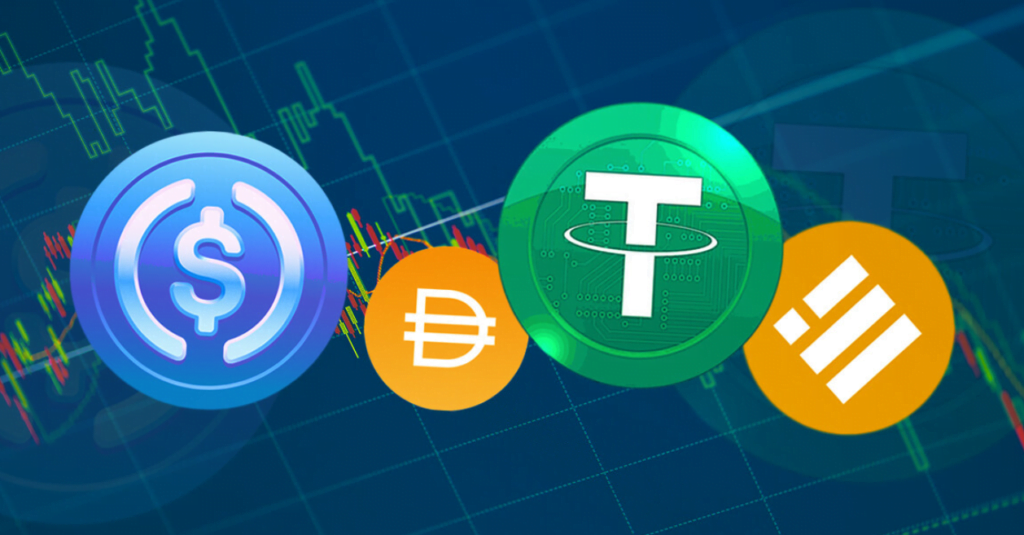The Monetary Authority of Singapore (MAS) recently revealed a regulatory framework aimed at bolstering the stability of single-currency stablecoins.
According to reports by Bloomberg, the framework is designed to apply to non-bank issuers of single-currency stablecoins. This includes those linked to the Singapore dollar or any G10 currencies. The framework becomes relevant if the circulation of these stablecoins surpasses S$5 million.
Singapore has implemented comprehensive measures to regulate stablecoins, with the goal of establishing a more transparent and accountable framework for their operations within the nation.
MAS Sets Standards for Single-Currency Stablecoins in Singapore

The MAS has finalized a regulatory structure with the primary objective of ensuring a high degree of value stability for regulated stablecoins in Singapore. This framework is designed to enhance the credibility of stablecoins as a digital medium of exchange and a bridge between fiat and digital asset ecosystems.
The regulatory framework covers requirements related to value stability, capital, redemption at par, and disclosure of audit results to users. Only stablecoin issuers meeting all the specified criteria can apply to MAS for the recognition and designation of their stablecoins as “MAS-regulated stablecoins.”
This designation serves as a clear identifier for users, distinguishing MAS-regulated stablecoins from other digital payment tokens, including stablecoins not subject to MAS’s regulatory framework. These regulatory efforts by MAS align with a broader initiative to promote transparency and stability within the rapidly expanding stablecoin industry.
The regulatory label serves a dual purpose. It not only ensures adherence to standards but also facilitates user differentiation. Users can distinguish MAS-regulated stablecoins from other digital payment tokens that operate outside MAS’s stablecoin regulatory framework.
Singapore’s Regulatory Embrace: Nurturing Stability for Single-Currency Stablecoins
Stablecoins, cryptocurrencies pegged to legal tender, find a conducive environment in Singapore due to thoughtful regulation and a pro-innovation atmosphere. The MAS’s regulatory approach is designed to facilitate the use of stablecoins as a reliable digital medium of exchange.
These stablecoins serve as a crucial bridge between fiat and digital asset ecosystems. Tokens meeting all the specified requirements will be acknowledged by the regulator, establishing a clear distinction between regulated and unregulated tokens.
Traditionally, stablecoins such as USDT and USDC have played a foundational role in cryptocurrency trading. They enable traders to navigate various digital coins seamlessly without the necessity of converting them back into fiat currency.
While stablecoin issuers highlight their versatility for purposes like remittances, criticisms have emerged regarding the transparency of their held reserves. Singapore seeks to enhance industry clarity in response to these concerns.
According to a U.S. research report, a significant number of unsuspecting victims reported using Bitcoin for payments to scammers, accounting for 70% of cases.
Additionally, Tether and Ether were also identified, with 10% and 9% respectively, as primary cryptocurrencies utilized in these fraudulent transactions.
Crypto Investment Risks: Navigating Regulatory Challenges

Last year, the MAS issued a cautionary statement, advising against investing in cryptocurrencies. This warning was prompted by perceived high risks in the market. Notable failures, such as the collapse of TerraUSD (UST) and Luna tokens, served as stark examples of these risks.
In the United States, regulators have pinpointed investments tied to cryptocurrencies and digital assets as a primary threat to investors. They emphasize the absence of government backing and highlight the potential for significant value fluctuations.
The Securities and Exchange Commission (SEC) has taken enforcement actions against individuals and entities involved in fraudulent and unregistered crypto-asset offerings. This underscores the critical importance of due diligence and regulatory compliance in cryptocurrency investments.
The SEC’s enforcement actions extend to charges against SafeMoon LLC and its executive team, alleging fraud and the unregistered offering of crypto securities. These actions led to substantial market capitalization losses and the misappropriation of investor funds, amounting to billions.
SEC’s Global Efforts: Safeguarding Crypto Investors

Operating within the Division of Enforcement, the SEC’s Crypto Assets and Cyber Unit has initiated more than 80 enforcement actions. These actions specifically target fraudulent and unregistered crypto asset offerings and platforms. The outcomes of these actions have led to monetary relief surpassing $2 billion.
However, these regulatory efforts by global regulators are geared towards safeguarding investors in the crypto markets.
Furthermore, the investigations primarily target securities law violations in various crypto-related areas. This includes crypto asset offerings, exchanges, lending and staking products, decentralized finance platforms, as well as non-fungible tokens (NFTs) and stablecoins.
The overarching goal is to establish a secure and compliant environment within the cryptocurrency space. This involves addressing different facets of the industry to safeguard the interests of investors.
Read More :
Javier Milei, Bitcoin Advocate, Wins Argentina’s Presidential Race

